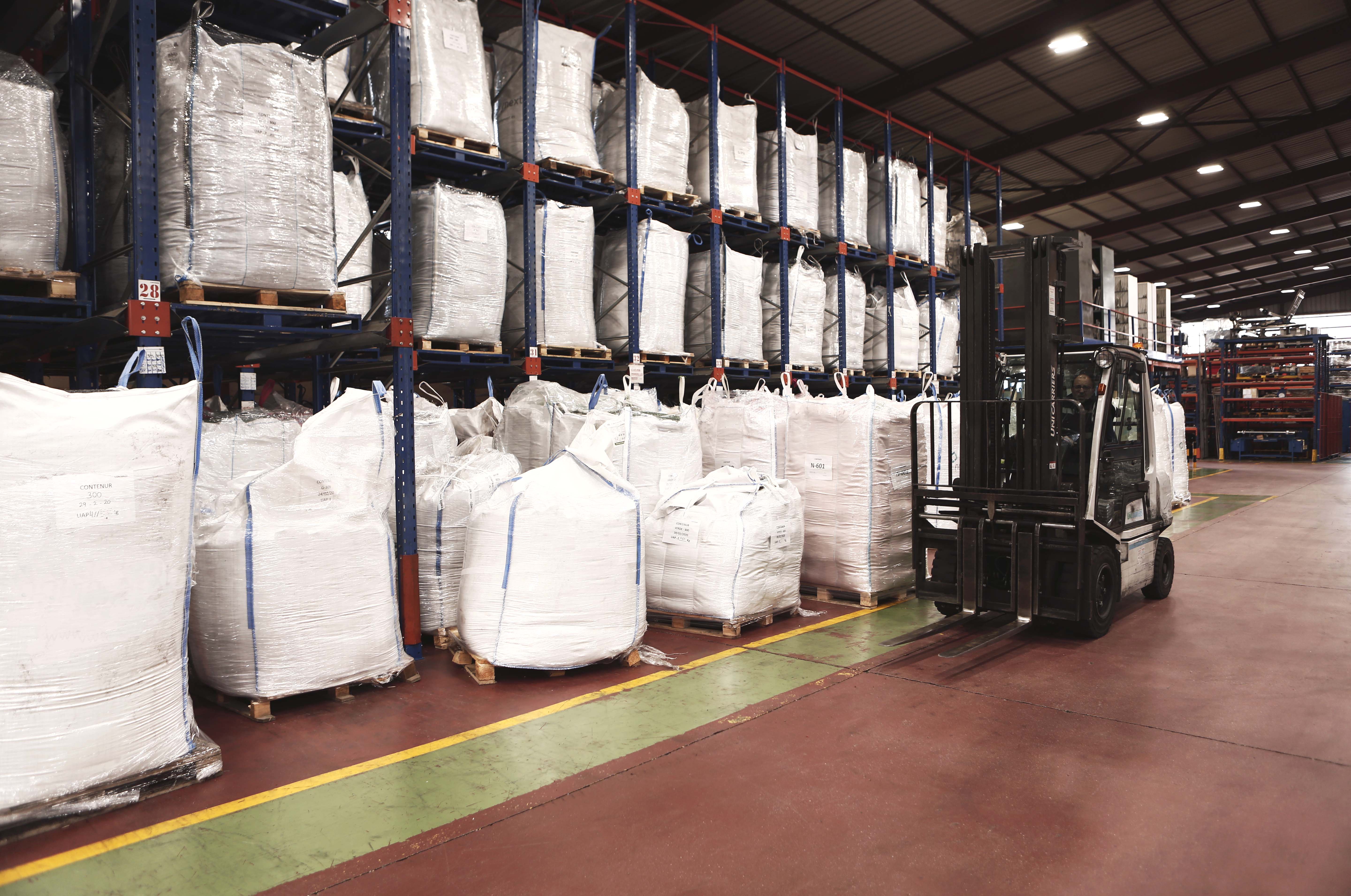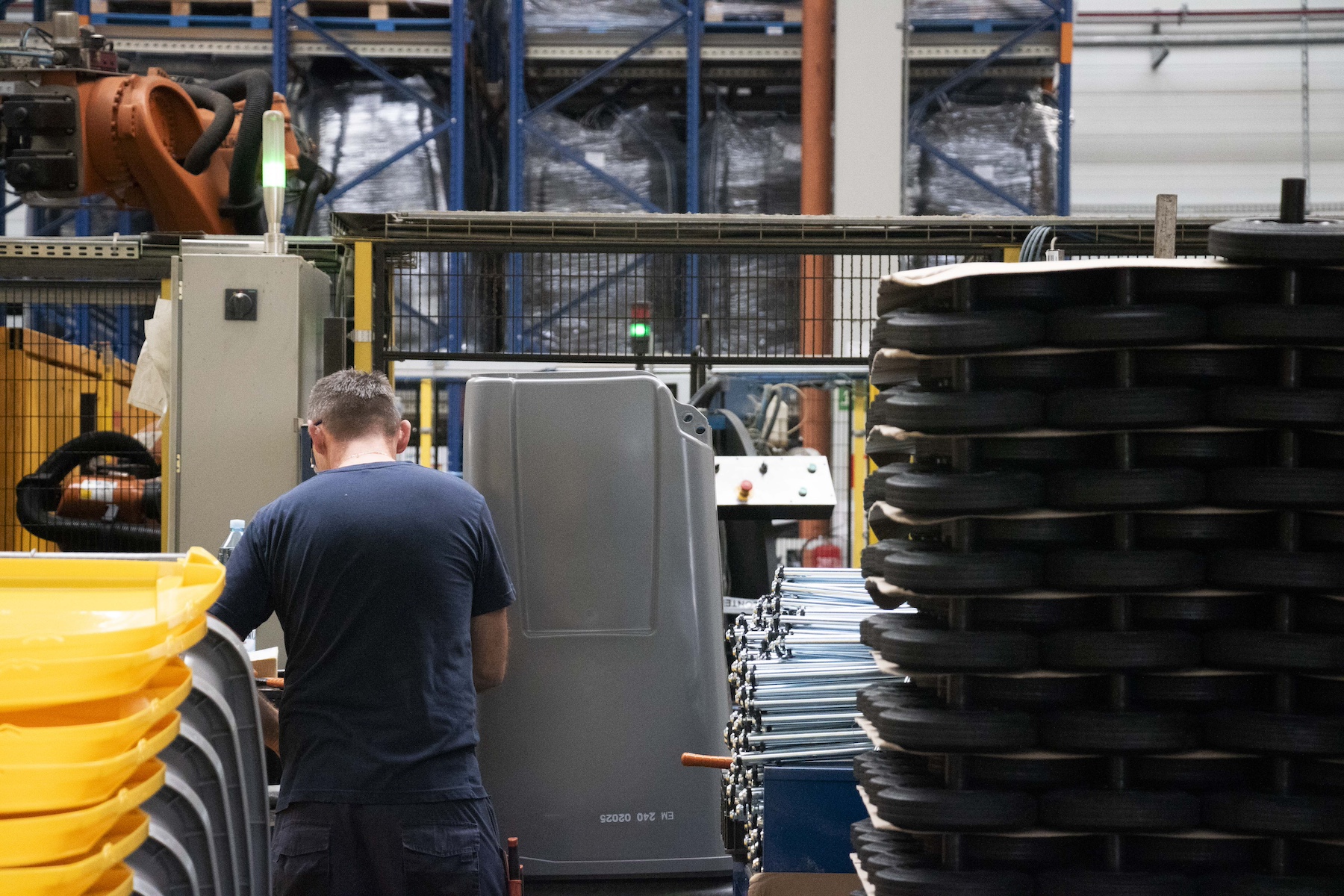It is an undeniable fact that Public–Private Collaboration Models are here to stay. These models guarantee sustainable growth that combines the efficiency of private firms with the benefits of public supervision, without leading to a disproportionate growth of the structure of a state-owned company.
In an agreement of these characteristics, it is the Public Administration that has and implements the last word in supervision and control and the final word in decision-making, but the Private Sector provides the resources, the technology, the professionals and the expertise.
What tangible benefits does the Administration receive?
1- The private firm guarantees the services are provided, because as all the contracts have a specific target and duration.
2- Private resources are allocated to financing investments and public resources are released, and these can be earmarked for implementing social policies. The investment parameter is replaced by the expenditure parameter.
3- Employment quality and stability are guaranteed while the contracts last.
4- Investment in R&D&i: it is the private firms that allocate resources for developing new solutions and services, because they are the ones that have the expertise in each market.
5 – Service provision is completely transparent and it is the Public Administration that performs the task of monitoring, because tendering takes place in compliance with the legislation currently in force. That is to say,, where governance is concerned, state-owned companies direct and control whereas private firms implement.
The management system will be selected on the basis of the extent to which it contributes to making service provision efficient.
Market competition encourages improvements to be made to the cost and quality of the service provided. Private firms can achieve this thanks to a variety of factors, namely:
- Expertise and sectoral specialisation
- Access to innovation
- Greater organisational flexibility and capacity to adapt
- There is no red tape to make the purchase of products and services more expensive
The actual consequence is high cost-reduction for the Public Administration.
Efficient and effective waste management system.
Jorge Gutiérrez Molina, CONTENUR’s Commercial Manager for Spain and Italy, analyses and explains how these principles are applied to a responsible environmental sector such as the Waste Collection Sector, and how CONTENUR puts forward solutions for improving collaboration with State-Owned Companies.
How can innovation contribute to implementing the circular economy?
J.G.M. “Through solutions that increase collection efficiency. More effective solutions such as Side-Loading Systems, SMART Innovative Products: Sensorisation, control, mobile openings, data management, etc.”
How should the principles of the circular economy affect the behaviour and habits of citizens and the Administrations in matters regarding their waste management, both household and from economic activities?
J.G.M. “The Administration has to opt for sustainable purchasing (which means the type of purchasing that has the greatest positive impact on the environment, economic and social part) on the tools and resources made available to the general public, and it must transfer its added value to users, who are those that utilise those resources, to achieve the targets set.”




